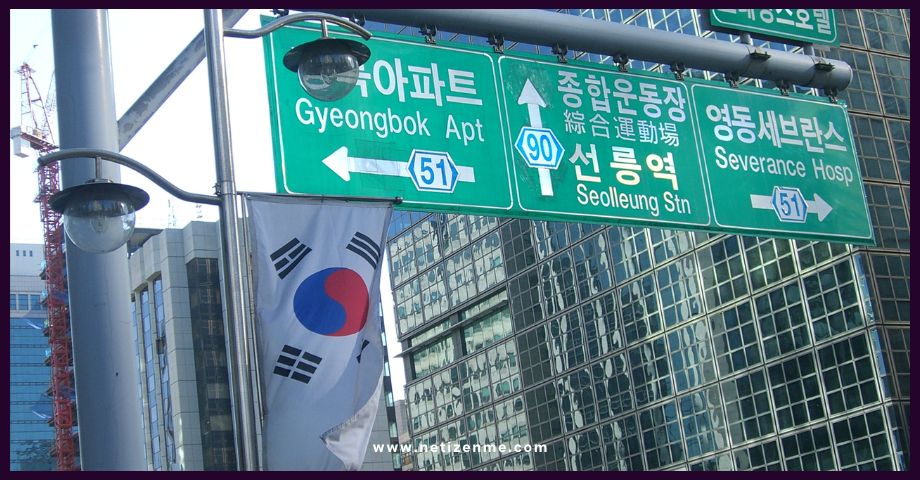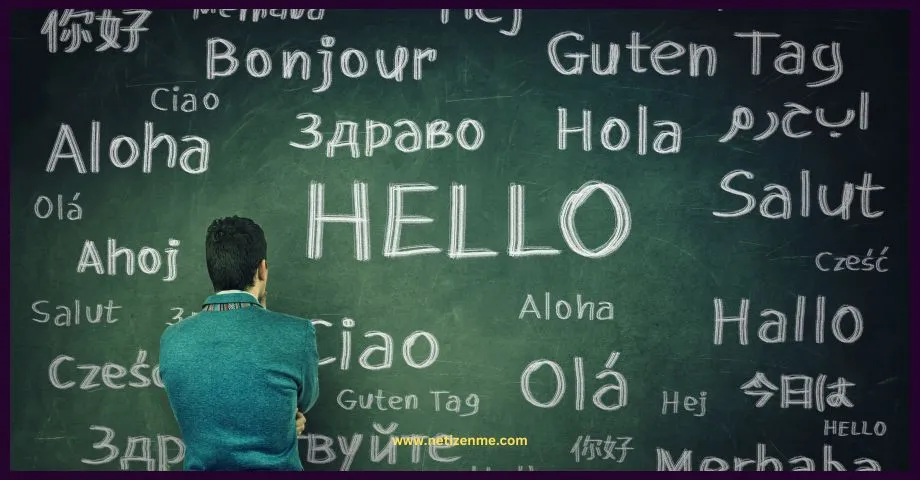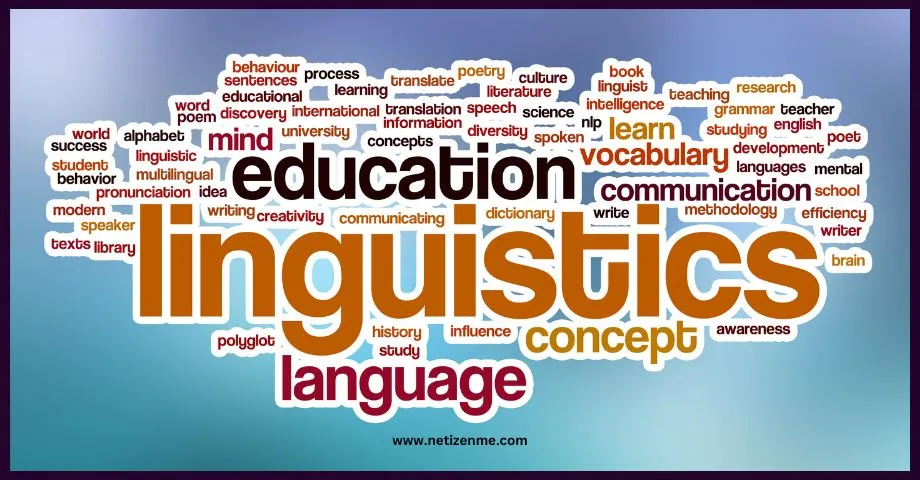Mastering any language can be rewarding, and learning Korean is no exception. To efficiently grasp the language, it is crucial to prioritize the most important 20% of learnings that will give you an understanding of 80% of Korean communication. This in-depth guide focuses on learning the Korean Language With the 80/20 Method, using accessible language to make your learning experience enjoyable and effective.
Learning the Korean Language: Focus on the Essential 20%, which will help you understand the 80%
Korean is a fascinating language with a unique structure. It is an agglutinative language, meaning words are formed by adding suffixes to a root, allowing for complex expressions. The basic sentence structure follows Subject-Object-Verb (SOV) order, which differs from English. Honorifics play a crucial role in Korean, indicating respect and formality levels. The writing system, Hangul, is a phonetic alphabet with 24 letters, making learning relatively simple. Learning Korean offers an exciting journey into Korea’s rich culture and heritage.
It is easier to master the Korean Language With the 80/20 Method. Here’s the essential 20% that you need to focus on first.
I. The Korean Alphabet (Hangul)
The foundation of learning Korean begins with understanding Hangul, the Korean alphabet. It consists of 24 letters, 14 consonants, and 10 vowels. Focus on recognizing and pronouncing each letter correctly, as this will pave the way for reading and writing in Korean.
II. Basic Greetings and Expressions
Learning simple greetings and expressions helps you engage in everyday conversations. Master common phrases like “안녕하세요?” (Hello), “감사합니다” (Thank you), and “죄송합니다” (I’m sorry) to create a strong communication base.
III. Introduce Yourself
Learn how to introduce yourself in Korean, including your name, nationality, and profession. Practice this with native speakers to enhance your speaking skills.
IV. Numbers and Counting
Understanding Korean numbers is essential for various situations, from telling time to counting items. Focus on learning numbers from 1 to 100 to handle most everyday scenarios.
V. Ordering Food and Basic Food Vocabulary
Familiarize yourself with common food-related words like “음식” (food), “물” (water), and “메뉴” (menu). Practice ordering food at restaurants to improve your speaking and listening skills.
VI. Time Expressions and Days of the Week
Learn how to tell the time and the days of the week in Korean. These expressions are vital for scheduling and making appointments.
VII. Essential Verbs and Adjectives
Focus on high-frequency verbs and adjectives such as “가다” (to go), “먹다” (to eat), “좋다” (good), and “크다” (big). These are the building blocks of Korean sentences.
VIII. Location and Directions
Understanding basic location and direction phrases will help you navigate and ask for directions in unfamiliar places.
IX. Past, Present, and Future Tenses
Master the conjugation rules for verbs’ past, present, and future tenses to express actions accurately.
X. Common Question Words
Learn essential question words like “누구” (who), “무엇” (what), “어디” (where), “언제” (when), and “왜” (why) to facilitate effective communication.
XI. Conjunctions and Sentence Structure
Understand common conjunctions like “그리고” (and), “그래서” (so), and “하지만” (but). Practice using them to link ideas and construct meaningful sentences.
XII. Expressing Desires and Requests
Learn phrases to express desires like “원하다” (to want) and requests like “도와주세요” (please help me).
XIII. Expressing Likes and Dislikes
Familiarize yourself with phrases to express likes, such as “좋아하다” (to like) and dislikes, such as “싫어하다” (to dislike).
XIV. Talking About Hobbies and Interests
Expand your vocabulary to discuss hobbies and interests, enabling you to engage in more diverse conversations.
XV. Describing Family and Relationships
Learn words to describe family members and relationships, allowing you to discuss personal matters with others.
XVI. Weather Expressions
Understand common weather expressions to talk about the weather and plan your activities accordingly.
XVII. Colors and Basic Adjectives
Expand your vocabulary with basic adjectives and colours to describe objects and surroundings.
XVIII. Expressing Gratitude and Polite Language
Learn phrases to show gratitude and use polite language when speaking to others.
XIX. Basic Travel Vocabulary
Familiarize yourself with travel-related words and phrases to make your travels in Korea smoother and more enjoyable.
XX. Korean Culture and Customs
Immerse yourself in Korean culture and customs to better understand the language’s context and nuances.
시작이 반이다 (getting started is often the hardest part)
In learning Korean, “getting started is often the hardest part.” However, with the 80/20 method, you can make significant progress quickly.
It is easier to master the Korean Language With the 80/20 Method. You’ve laid a solid foundation for further learning and communication by focusing on these key aspects. Remember to practice speaking, reading, and listening regularly, and don’t be afraid to make mistakes; it’s a natural part of the learning process.
Embrace the rich culture of Korea and enjoy your journey towards becoming proficient in the Korean language!
This article is written by:
Chenayah enjoys exploring and writing about her passions, including languages and travel. She leverages her diverse educational background in Business, Psychology, and Linguistics to enrich her writing endeavors.




